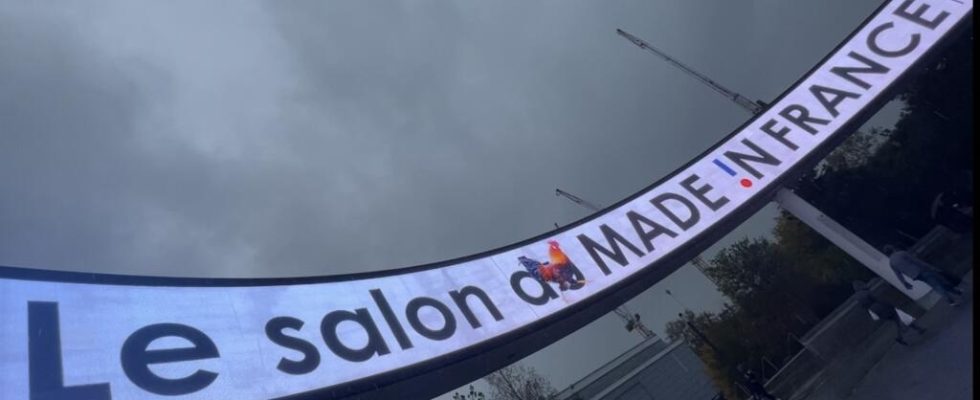Obtaining the “Made in France” label for a finished product requires procedures and precise specifications for French companies. A valuable label with strict and important rules for the good development of the national economy.
3 mins
“ There are two essential elements: achieving a minimum of 50% of the added value of the product in France and that its manufacturing takes place on French territory. », explains Gilles Attaf, president of “Made in France” (MIF) certification. The precise rules are issued by the DGCCRF (Directorate General for Competition, Consumer Affairs and Fraud Control) and the Customs Code.
In the 2010s, Secretary of State Yves Jégo, along with Arnaud Montebourg, the former Minister of Productive Recovery, was part of the spokespersons for “ produce in France “. The “Origine France Garantie” certification was created in 2011. “ “Made in France” allows perfect traceability », Explains Gilles Attaf, successor to Yves Jégo at the head of this certification. “ It is a demanding label, when the European Customs Code can be more lax. » But the MIF remains declarative on the part of the company, there will then be an audit of the product by an independent body to check whether the company can obtain certification.
Vendée, a particularly dynamic economic area
The Made in France show, which takes place from November 9 to 12 at Porte de Versailles in Paris, aims to show a landscape of French companies manufacturing in France. “ We still forget that we can make it at home. Ten years ago, there were 78 exhibitors at the show, now we have more than 1 000! Any sector of activity. With more than 100 000 visitors last year, we hope to attract even more people with a pop-up factory created in the show. We have forgotten how we produce. » The casting is open to everyone, but, underlines Gilles Attaf, “ there are particularly dynamic economic areas such as Vendée with its ecosystem of supportive entrepreneurs. » The Daan Tech company is presenting a mini dishwasher plus a microwave oven at the show and the pop-up factory. “ These are household appliances entirely made in Vendée! »
It is also the know-how fair and Gilles Attaf wants to make this known: “ Before, we could find this story of Made in France corny, even nationalist, but in recent years with localism driven by the younger generation, short circuits and low environmental impact have become popular. We can also talk about social protection for employees and the quality of life at work. Mentalities are changing. We no longer want French factories to go abroad. It’s always terrible that social ties in the regions are torn apart in these cases. »
Rebuilding sectors, rediscovering know-how
According to INSEE, “Made in France” has declined significantly since 1965; it then stood at 89%. In 2019, 38% of goods consumed in France came from France when it comes to manufactured goods. The situation is gloomy for certain products, particularly IT products, which are produced mainly in China… Made in France represents a strong economic approach on the part of companies, almost a political and social gesture: “ We’re going a long way. It was necessary to rebuild sectors, we had lost know-how over the last decades. »
But the sectors are reorganizing to find know-how. “ It is the convergence of struggles », smiles Gilles Attaf. “ We combine the social and the ecological, it’s virtuous with little carbon footprint. » Because paradoxically, confinement and the Covid crisis have exposed the problem of imported products. “ We can talk about a Covid dynamic which has opened consumers’ eyes to the need to buy French, or even local, but there is a new problem: purchasing power. However, “Made in France” remains an important subject for consumers. »
To understand everything about Made in France and state labels: IGP, AOP EPV, that’s how.
Read alsoMade in France Fair: “The French vote every day with their Carte Bleue”
